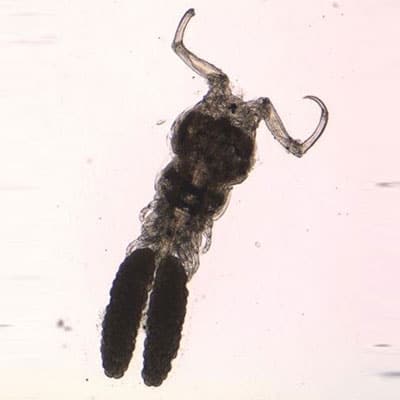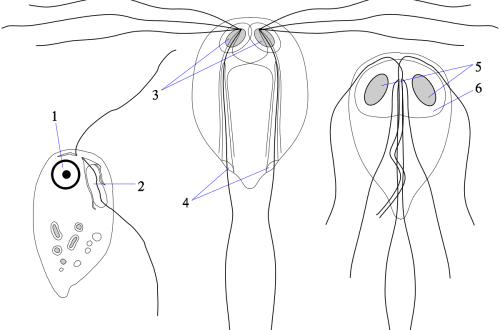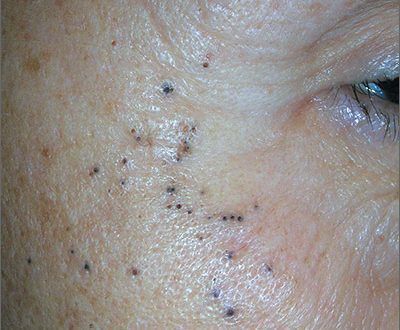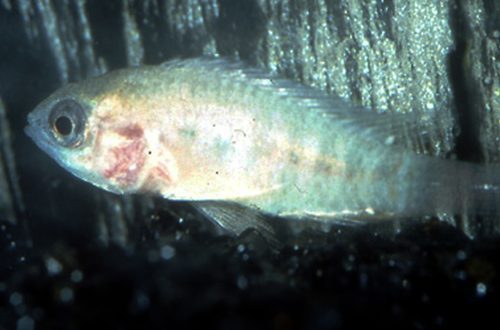
Gill crustaceans (Ergasilus)
Gill crustaceans (Ergasilus), as the name implies, infect the gills of fish, and only females that lay eggs in them are dangerous.
The larvae hatch after 5 days, and reach the adult state only by 8–10 weeks, after mating, the female attaches to the gills. The disease is rarely found in aquariums, and it is problematic to introduce it, especially in the temperate zone of Russia and Europe.
Symptoms:
The fish is trying to clean itself on the decoration of the aquarium, it has difficulty breathing. In advanced cases, whitish-green filaments and a large amount of mucus are visible from the gills.
Causes of parasites:
The parasite enters the aquarium either with live food or with water from a natural source where gill crustaceans live. For Russia, such situations are unlikely.
Treatment:
Infected fish is placed in a tank for 10-30 minutes, in which potassium permanganate (potassium permanganate) is preliminarily dissolved in a ratio of 10 mg per 1 liter of water. One procedure is enough for the parasites to die.
It is recommended to use a general purpose antiparasitic (available at most pet stores) to control larvae in the community tank.





